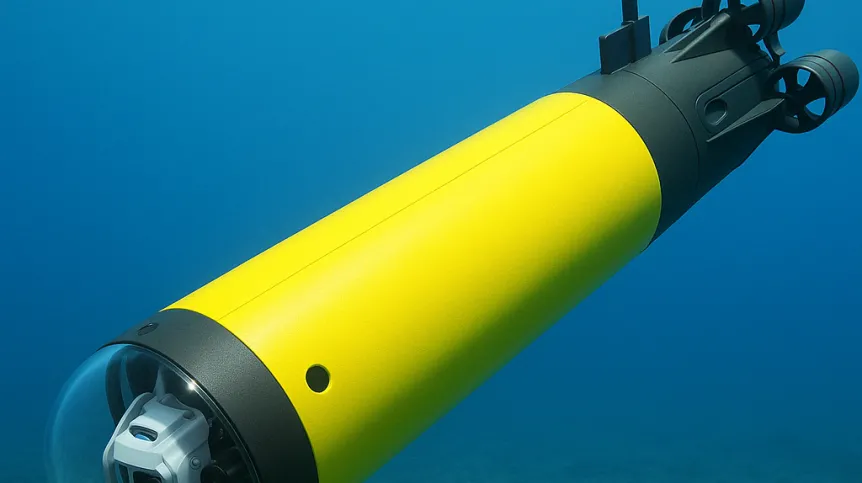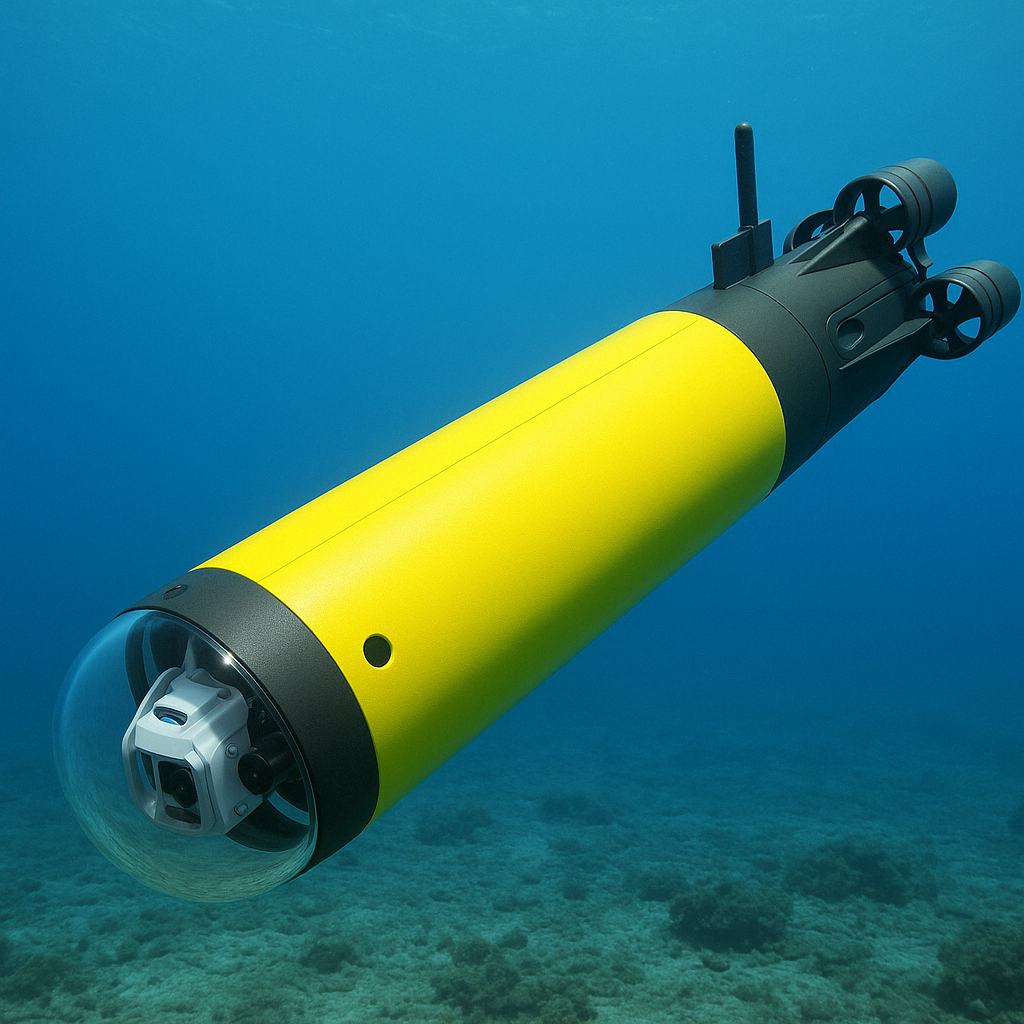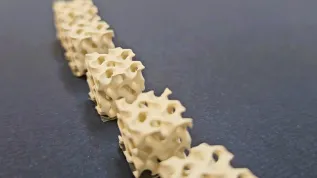
Scientists from the Gdańsk University of Technology are developing a vehicle designed to detect and identify sea mines and dangerous underwater objects. Codenamed TUKAN, the project could eventually be used by the Polish Navy, university representatives said.
Press spokesperson Patryk Rosiński reported that work on the project “Development of an underwater semi-autonomous vehicle for searching for and identifying sea mines and dangerous objects, codenamed TUKAN” has been underway since 2021 and is scheduled for completion in December 2025.

The project is being conducted at the university’s Faculty of Mechanical Engineering and Ship Technology, with Professor Lech Rowiński as the originator and leader of the technological solutions.
Rosiński explained that the TUKAN project focuses on detecting, classifying, and identifying sea mines and improvised explosive devices using remotely and automatically controlled underwater vehicles. The reconnaissance vehicle is designed for deployment from manned and unmanned surface platforms and will be operated remotely via radio.
According to Professor Jerzy Kowalski, the project manager, scientists will soon begin tests at the Gdańsk University of Technology’s model pool. “Next, we plan to move to the experimental centre in Iława, where we will test the TUKAN's operation on Lake Jeziorak. If everything goes according to plan, the next stage will involve testing in the Baltic Sea,” he said.
The system will consist of a semi-autonomous underwater vehicle, an operator console, and a server equipped with AI-based software. The approximately 100-kilogram vehicle will be capable of operating at depths of up to 200 meters and will feature side and front-looking sonar as well as a camera.
“Thanks to artificial intelligence algorithms, the system will automatically determine whether an object is a mine, unexploded ordnance, or an improvised explosive device. The vehicle operator will be able to verify the AI system's predictions,” Kowalski added.
According to Rosiński, the university’s laboratories have previously developed systems such as Głuptak, Ukwiał, and Morświn, which are currently used by the Polish Navy.
The Polish National Centre for Research and Development has awarded a grant worth over PLN 8.6 million to support the project.
(PAP)
PAP - Science in Poland
pm/ agt/
tr. RL













